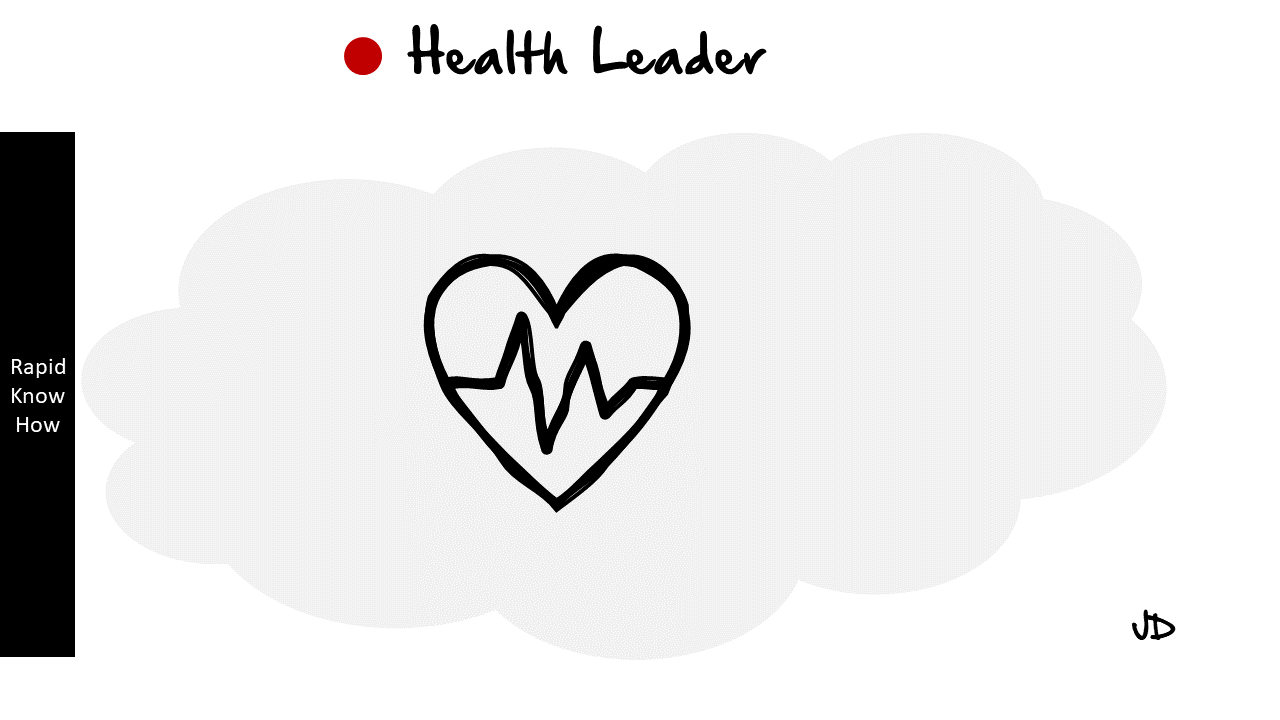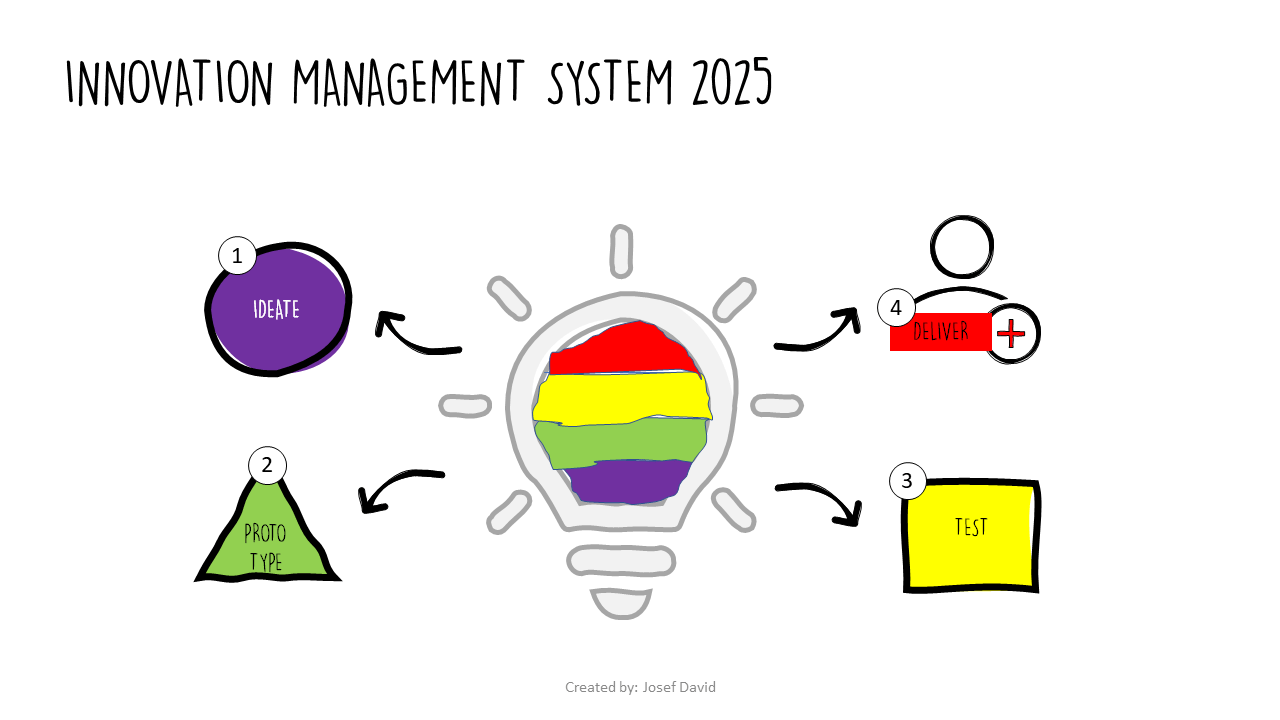Preventing heart attacks is a significant public health goal, as cardiovascular diseases are leading causes of morbidity and mortality worldwide.
Health leaders play a crucial role in promoting heart health and implementing effective prevention strategies. Below is an outline of prevention strategies, actionable steps, and key considerations.
Preventing Heart Attacks
Understanding Heart Attacks
A heart attack, or myocardial infarction, occurs when blood flow to a part of the heart is blocked, often due to plaque buildup in the arteries. This can lead to damage or death of heart muscle tissue, resulting in serious health consequences.
Key Risk Factors
- Modifiable Risk Factors:
- High blood pressure
- High cholesterol
- Smoking
- Physical inactivity
- Obesity
- Poor diet
- Excessive alcohol consumption
- Stress
- Non-Modifiable Risk Factors:
- Age
- Family history of heart disease
- Gender (higher risk in men at a younger age)
Strategies for Prevention
1. Healthy Lifestyle Promotion
- Dietary Changes: Encourage a heart-healthy diet rich in fruits, vegetables, whole grains, lean proteins, and healthy fats (like those from fish, nuts, and olive oil). Encourage the reduction of saturated and trans fats, sodium, and added sugars.
- Physical Activity: Promote regular physical activity. Aim for at least 150 minutes of moderate aerobic exercise or 75 minutes of vigorous exercise per week, along with strength training twice a week.
- Weight Management: Support efforts to achieve and maintain a healthy weight through diet and exercise. A balanced approach can help reduce overall cardiovascular risk.
2. Tobacco Control
- Implement policies to reduce smoking prevalence, including smoking bans in public places, taxation on tobacco products, and smoking cessation programs. Educate communities on the dangers of smoking and secondhand smoke.
3. Regular Health Screenings
- Encourage regular check-ups to monitor blood pressure, cholesterol levels, and blood glucose. Early detection of risk factors can lead to timely intervention and management.
4. Education and Awareness Campaigns
- Launch community-wide education campaigns focused on heart disease risk factors and prevention strategies. Use various platforms (social media, local events, schools) to reach a wide audience.
5. Stress Management Programs
- Promote mindfulness, meditation, and stress-reduction techniques. Support mental health initiatives that teach coping strategies to manage stress, which is linked to heart disease.
6. Community Engagement
- Develop community support groups and programs that encourage healthy lifestyle changes. This can improve accountability and provide social support.
7. Access to Healthcare
- Ensure that all individuals have access to preventive healthcare services. This includes not only screenings and check-ups but also educational resources and healthy lifestyle programs.
Conclusion
Preventing heart attacks requires a multi-faceted approach that involves individuals, communities, healthcare providers, and policymakers. By addressing modifiable risk factors through education, lifestyle changes, and supportive environments, health leaders can significantly reduce the incidence of heart attacks and improve overall cardiovascular health.
Key Takeaway Actions for Health Leaders:
- Collaborate with local organizations to implement and promote heart health initiatives.
- Advocate for policy changes that support heart health, such as healthier school lunches or tobacco control measures.
- Focus on culturally relevant education and outreach to effectively engage diverse populations in heart health efforts.
By prioritizing heart attack prevention, health leaders can contribute to healthier communities and reduce the burden of cardiovascular disease.





